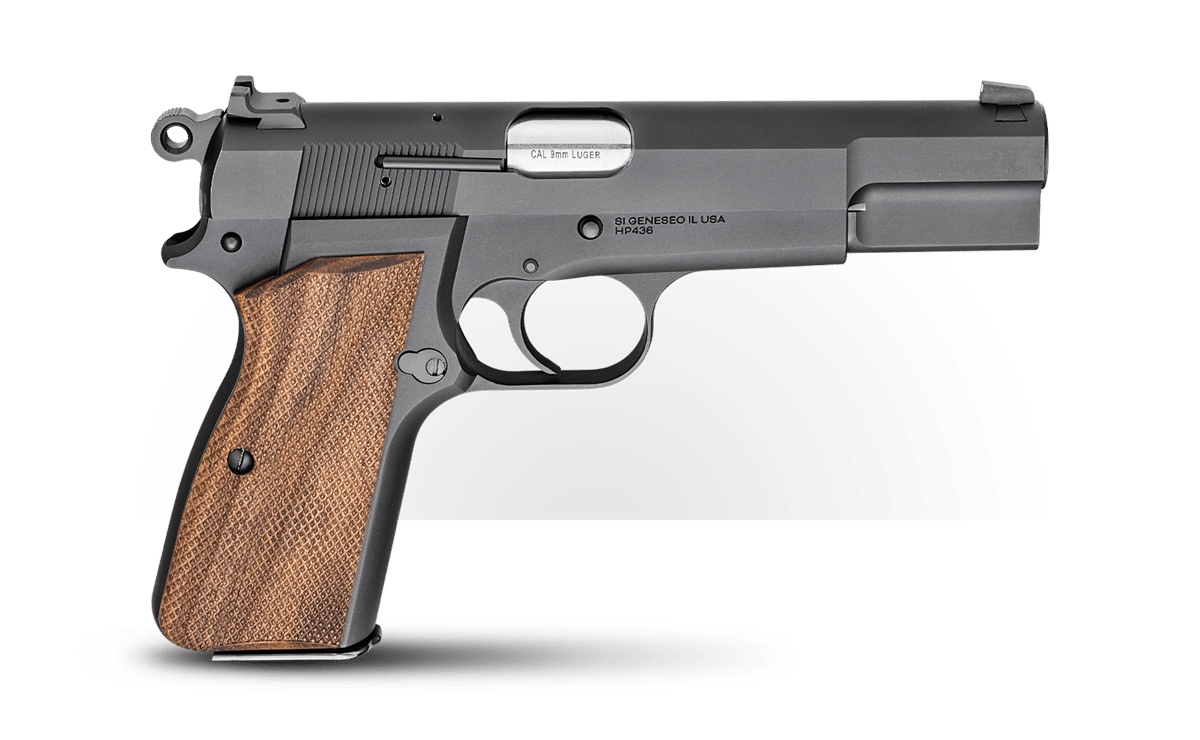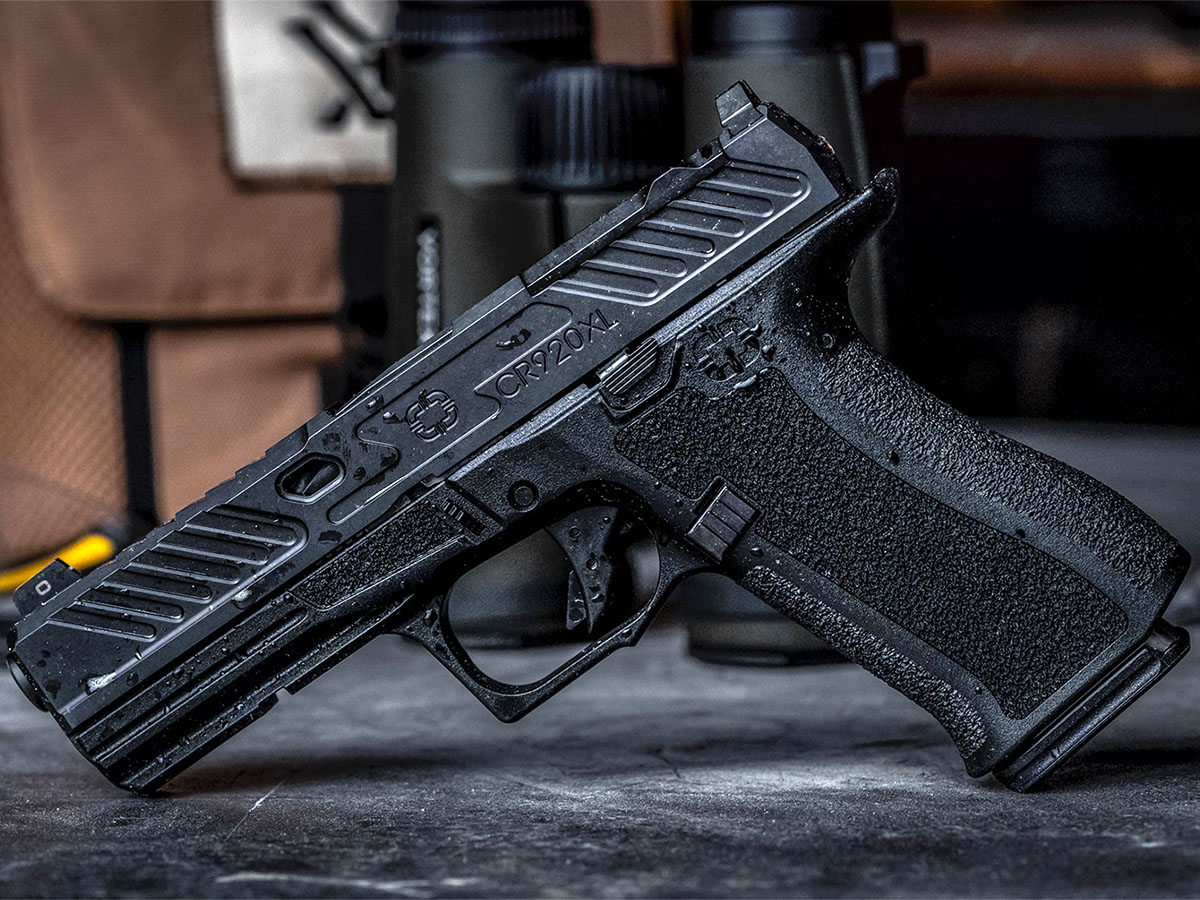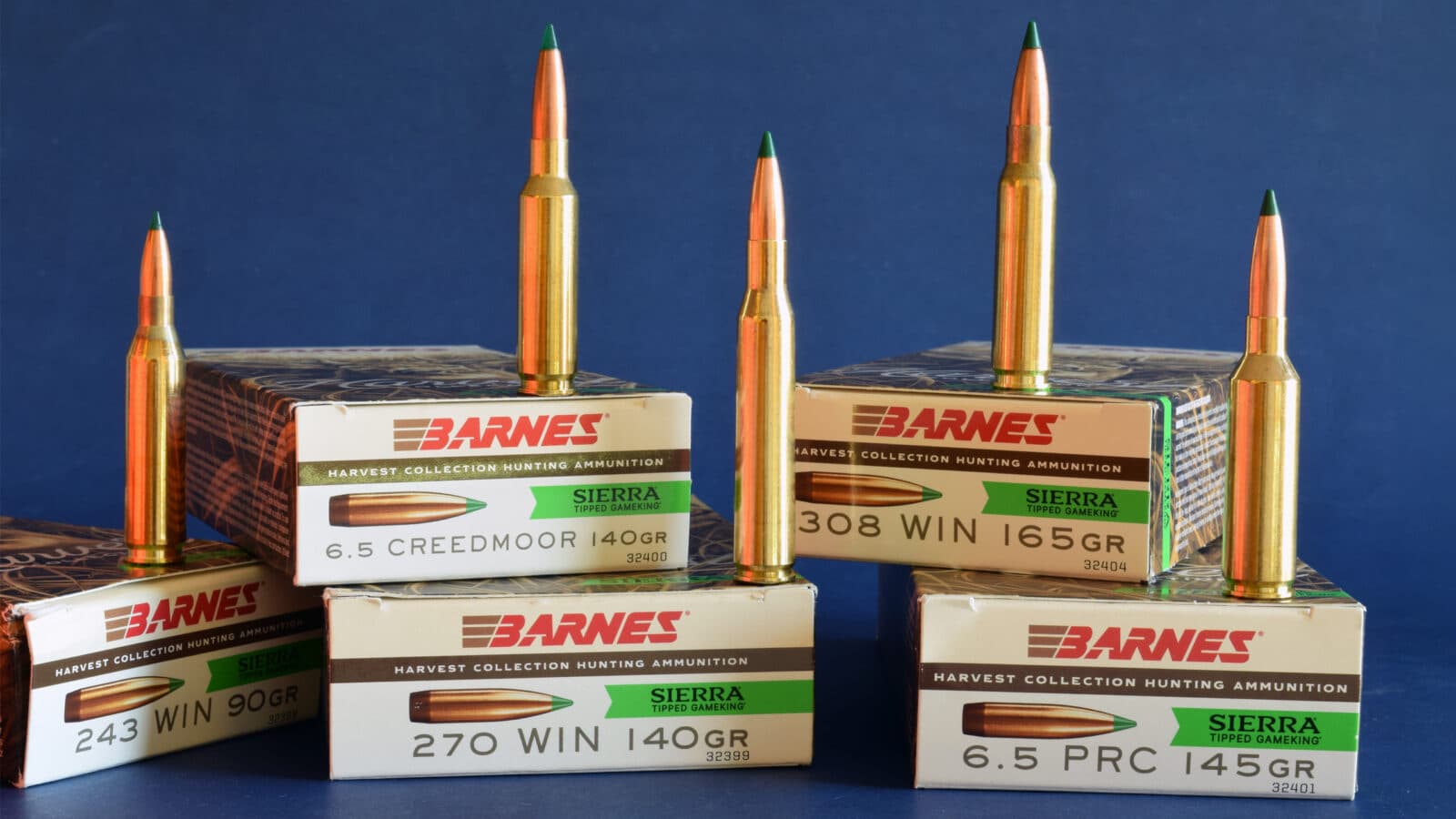MACV-SOG’s Secret “Silver Pistol”
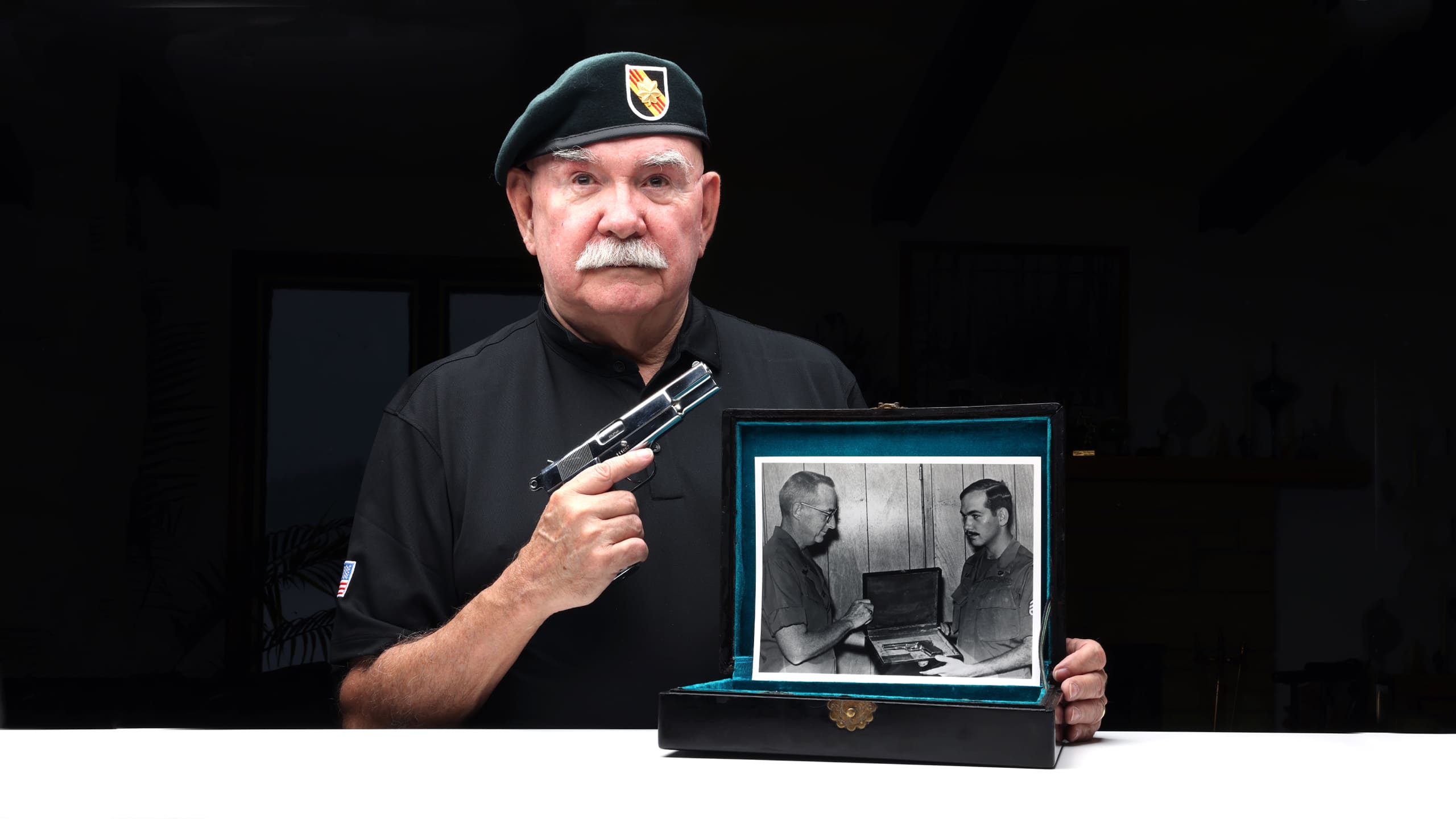
The Vietnam War’s most highly classified special operations were conducted by the blandly cover-named, Studies and Observations Group. SOG’s Green Beret-led recon teams ran top-secret missions deep behind enemy lines on the North Vietnamese Army’s road network in Laos and into enemy sanctuaries in Cambodia.
These six-to-eight-man teams — which included two or three U.S. Army Special Forces soldiers — searched for enemy truck parks, supply dumps and basecamps; monitored highways and rivers; tapped commo wires; planted mines, sensors and bombing beacons; assessed B-52 bomber strikes; sabotaged enemy ammunition; seized prisoners for interrogation; ambushed truck convoys and marching troops; and generally did anything they could to disrupt and destroy the enemy before he could reach South Vietnam.
Hanoi insisted it had no troops in “neutral” Laos and Cambodia; in turn, Washington denied SOG’s operations were underway. Thus, deniability required that SOG’s operators often be armed with clandestinely acquired foreign weapons, including handguns. Among these, the Model 1935 9mm Hi Power proved the most popular. The deciding factor undoubtedly was the P-35’s 13-round magazine, which offered nearly twice the capacity of other pistols from that era.
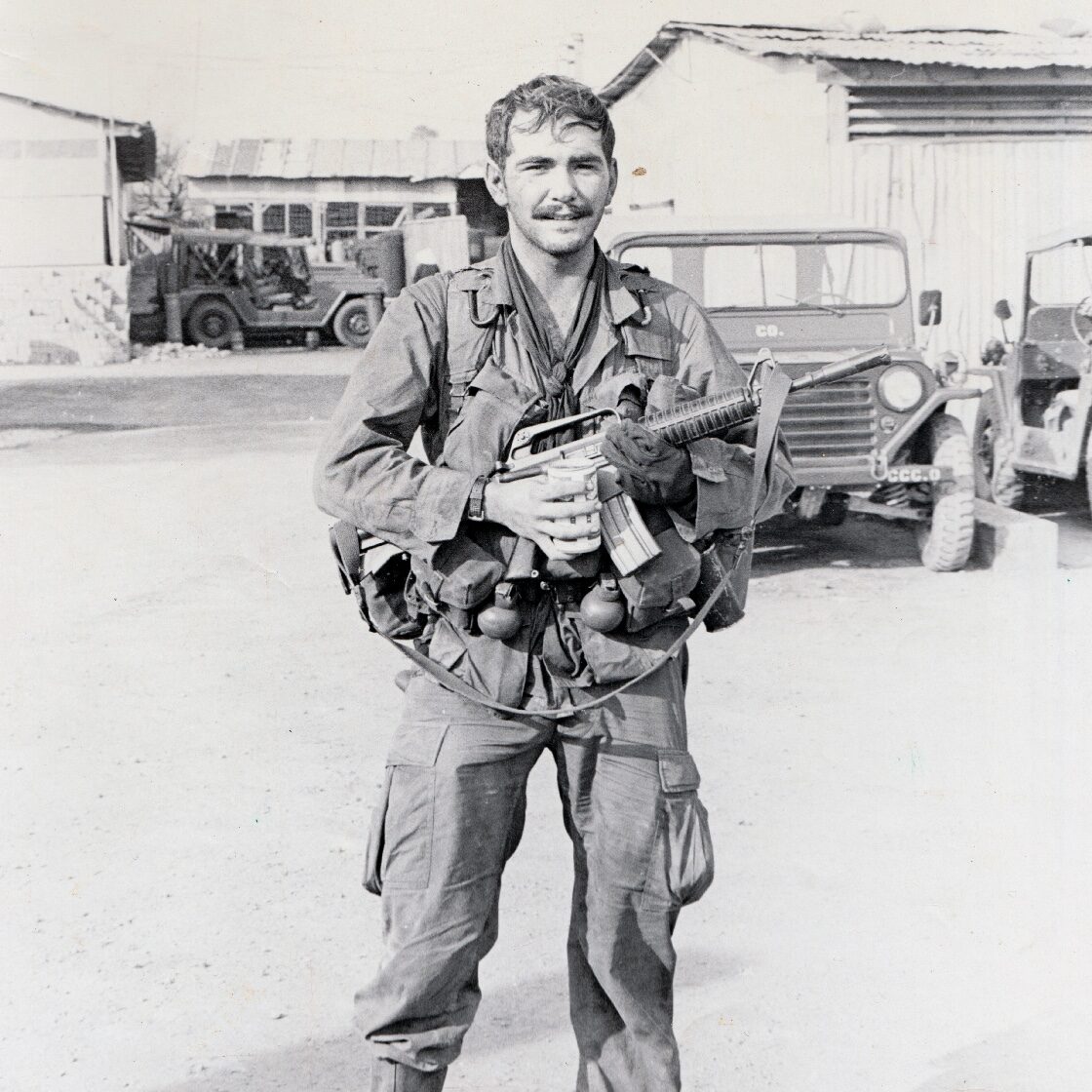
[Don’t miss Randall Chaney’s article on the history of the MACV-SOG knife.]
In addition to its use in the field, the P-35 also held a very special place of honor with SOG. SOG’s most prestigious award was a chrome-plated P-35 pistol presented to the organization’s most accomplished recon team leaders. Designated the “Reconnaissance Team Leader Special Recognition Award,” the Silver Pistol helped make up for valor awards downgraded or denied by rear echelon award boards. But more on that in a moment.
As a SOG Green Beret team leader, I, too, chose the P-35 as my sidearm. It was a blued commercial model, issued with two magazines and a custom leather holster with an integral pouch for one reload magazine. Having previously been a civilian pistol shooter, I liked the heft of a solid steel handgun, to help absorb recoil and improve controllability.
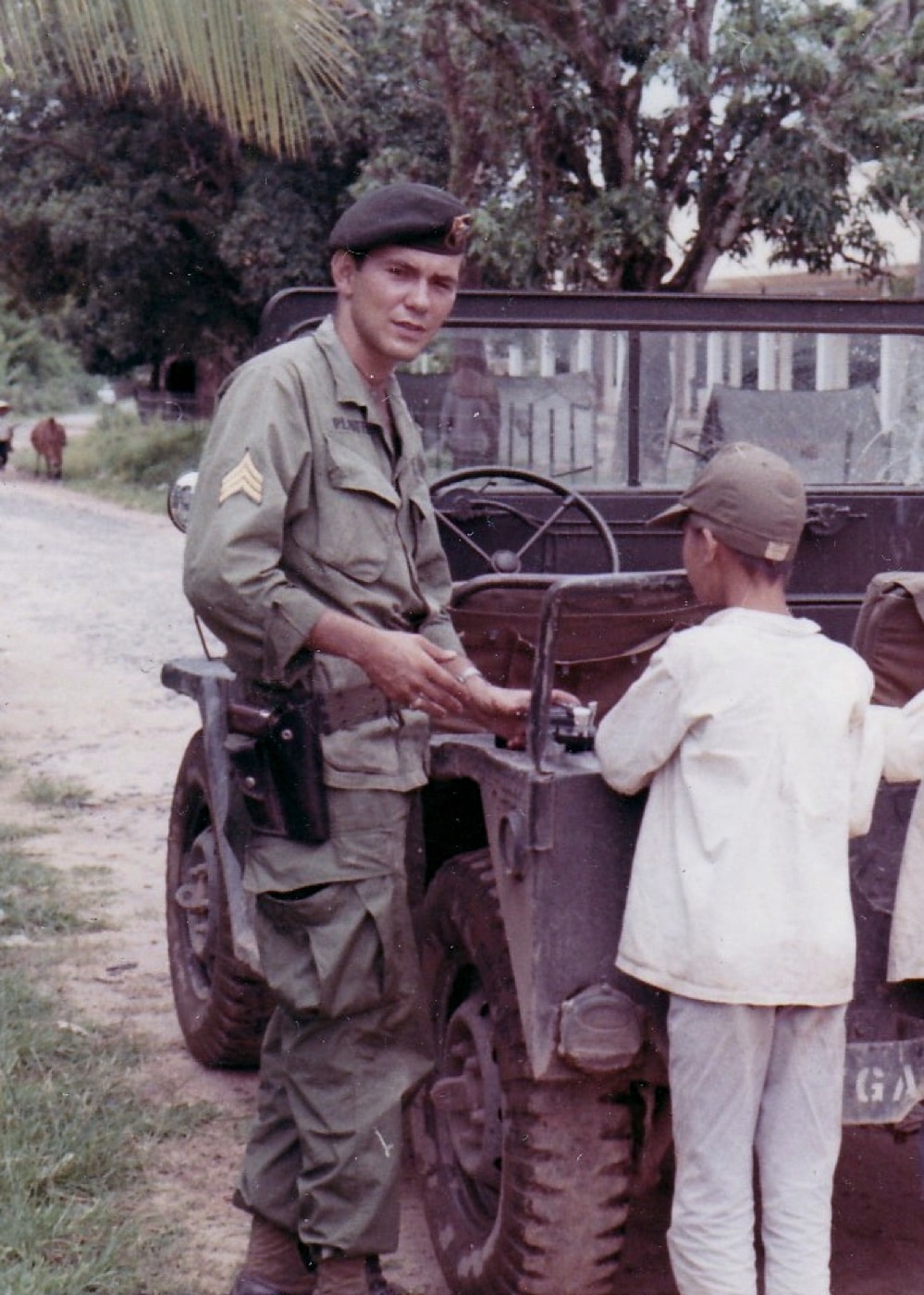
The only SOG P-35 variation from the standard model I ever observed was Medal of Honor recipient Franklin D. Miller’s pistol, a Capitan model, which had a tangent rear sight, adjustable at 50-meter increments from 50 to 500 meters.
Like our pistols, our 9mm ammunition, too, was acquired untraceably. Manufactured at Canada’s Dominion Arsenal in Quebec, it came packed in 64-round boxes, which makes sense since Canadian STEN and Sterling 9mm SMGs have 32-round magazines. The Canadian load incorporated a 117-gr. bullet with a muzzle velocity of 1,247 fps. The round’s shortcoming — as with all hardball 9x19mm — was terminal effect. Unlike the advanced defense loads of today, hardball 9mm proved to be not especially lethal.
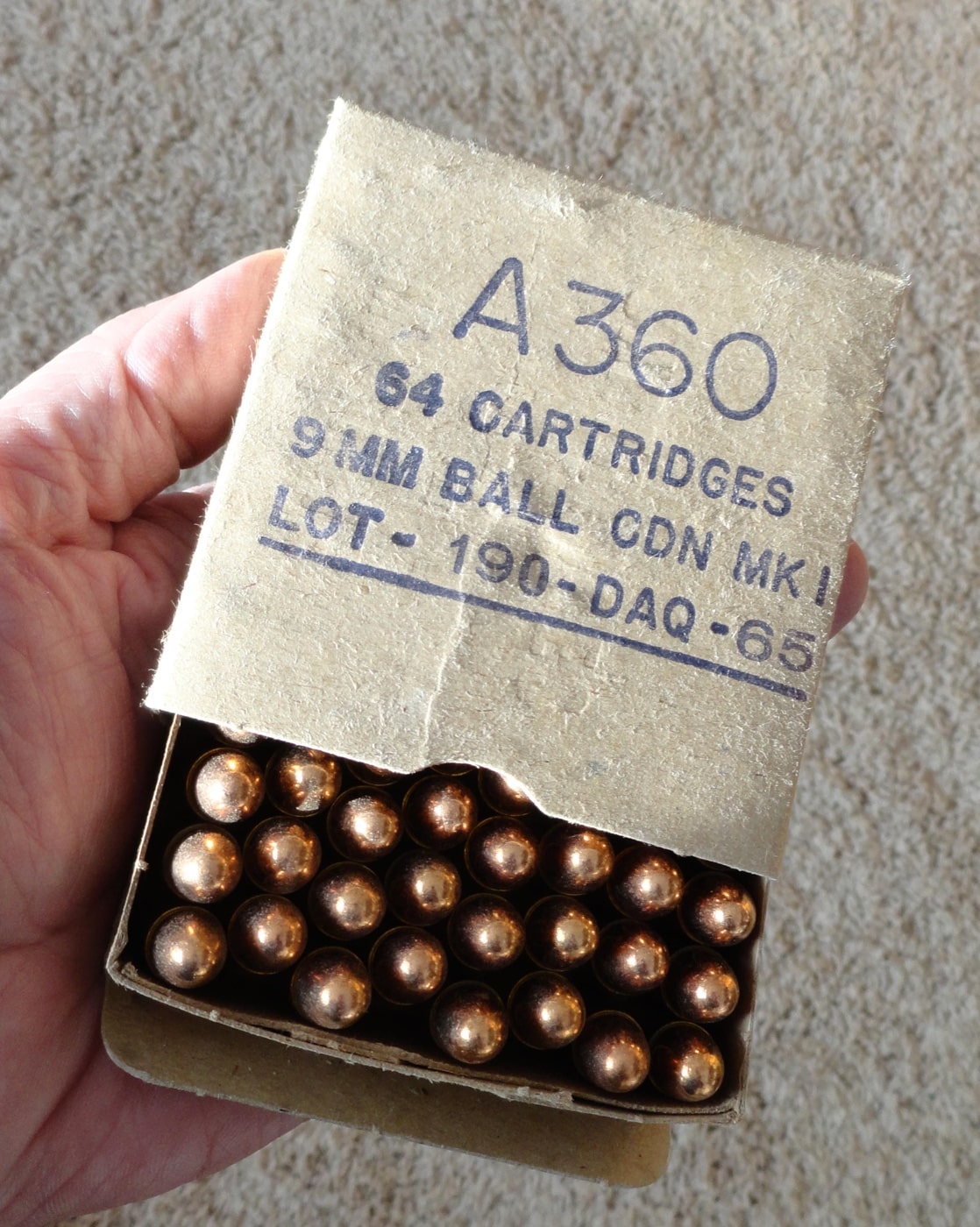
The P-35 wasn’t perfect. Its magazine disconnect, which prevented firing without a magazine inserted, resulted in a mushy trigger that was a challenge to master. Further, its tiny safety release could be a problem for a wounded man to manipulate. And its thin blade front sight and non-adjustable rear sight — little more than a “V” notch — were difficult to acquire quickly.
Still, SOG’s P-35s proved a paragon of reliability — I never once had a failure-to-feed or to eject or anything else. As with all weapons, I cleaned and lubed my pistol and magazines after each mission, whether fired or not.
Springfield’s SA-35
With my Special Forces experience as background, I was enthused to try out Springfield Armory’s modernized SA-35 pistol. I immediately appreciated the pistol’s all-steel, forged slide and frame. The machining is precise and clean with a handsome matte finish.
Importantly, Springfield Armory fixed the design’s greatest shortcoming by removing the magazine disconnect (to bring it in line with all the company’s other handgun offerings), resulting in a notably better trigger, which is also factory-tuned. Mine was just under 5.5 lbs., and is notably better than that of other P-35-pattern pistols I have used that can weigh in around 8 lbs.
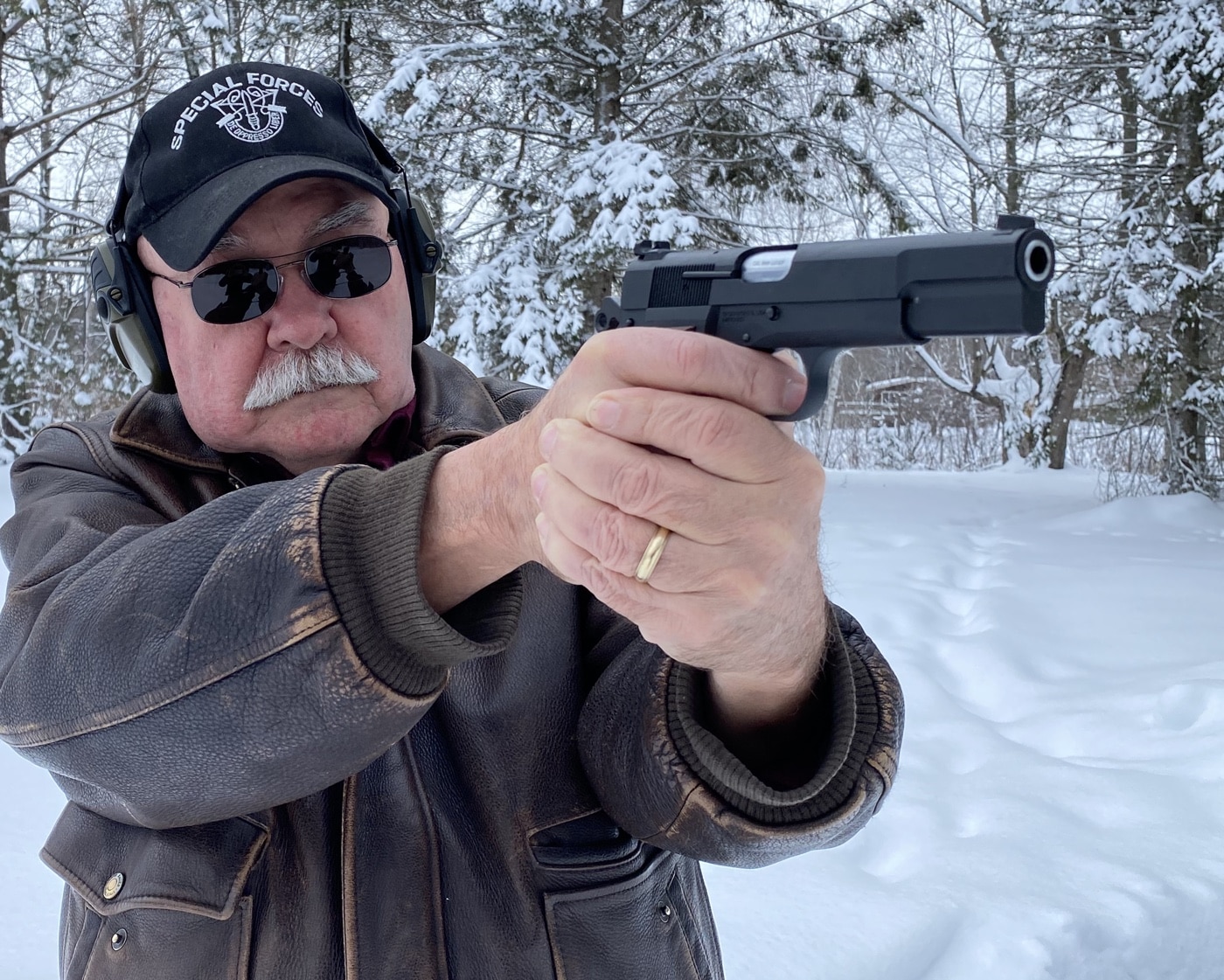
To reliably chamber modern flat-nose and hollow point bullets, Springfield Armory lengthened the feed ramp and slightly improved its angle for better feeding. To accommodate today’s more powerful defense loads — and to extend the SA-35’s lifetime — they also strengthened the lugs and other spots subject to stress.
Among other tweaks, they beveled the SA-35’s magazine well for smoother reloading and increased the magazine capacity to 15 rounds. These mags are interchangeable with standard 13-round P-35-pattern magazines. The already-mentioned disconnect removal also enables magazines to drop-free, improving one-handed manipulation for faster reloading.
Despite hip-deep snow and winter temperatures, I test-fired my new SA-35 and found it a pleasure to shoot. Its white dot front sight and adjustable U-notch rear sight provide an excellent sight picture. Along with the SA-35’s improved trigger, this resulted in impressive accuracy and fast follow-on shots.
One feature seldom considered, I found the SA-35’s round hammer much easier to cock than its predecessor, which can be significant for a single-action automatic. As for the hammer biting my hand, like it can with originals? It just never happened.
In summary: I first owned a civilian P-35-pattern pistol in 1966, packed one on SOG operations, and have had three or four others since then, making me a user for 50-plus years. I like this SA-35, and that’s more than just sentimentality. Despite exterior similarities, this is no clone but a dramatic improvement on John Browning’s original design. And it’s made right here in the USA.
SOG’S “Silver Pistol”
As noted, SOG’s most prestigious award was a chrome-plated Browning Hi Power pistol, presented to the organization’s most accomplished recon team leaders.
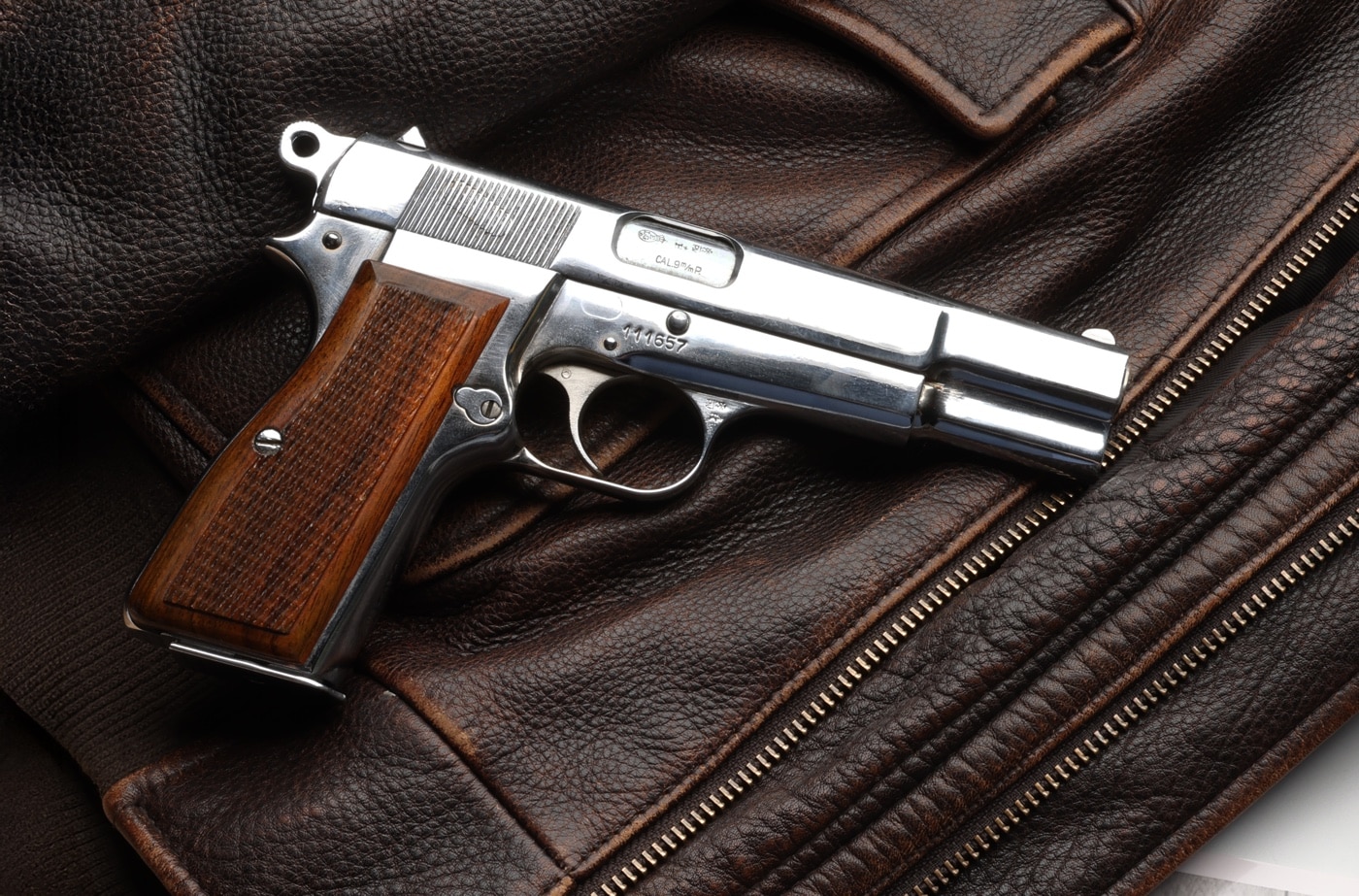
Lacking access to top-secret details or even knowledge that these actions were in Laos and Cambodia, rear-echelon award officers could not appreciate the hazards our men faced. These areas teemed with tens of thousands of North Vietnamese troops, beyond American artillery range and usually beyond radio range. We relied entirely on air support for our insertion, extraction, communications and fire support.
The North Vietnamese hunted our teams day and night, often assisted by dogs and human trackers, even radio direction finding. Sometimes, we encountered North Vietnamese tanks, armored cars and artillery. During my first five months in SOG, the 60 Green Berets in my Recon Company suffered six Americans killed and 26 wounded — more than 50 percent casualties. And that didn’t include our indigenous teammates.
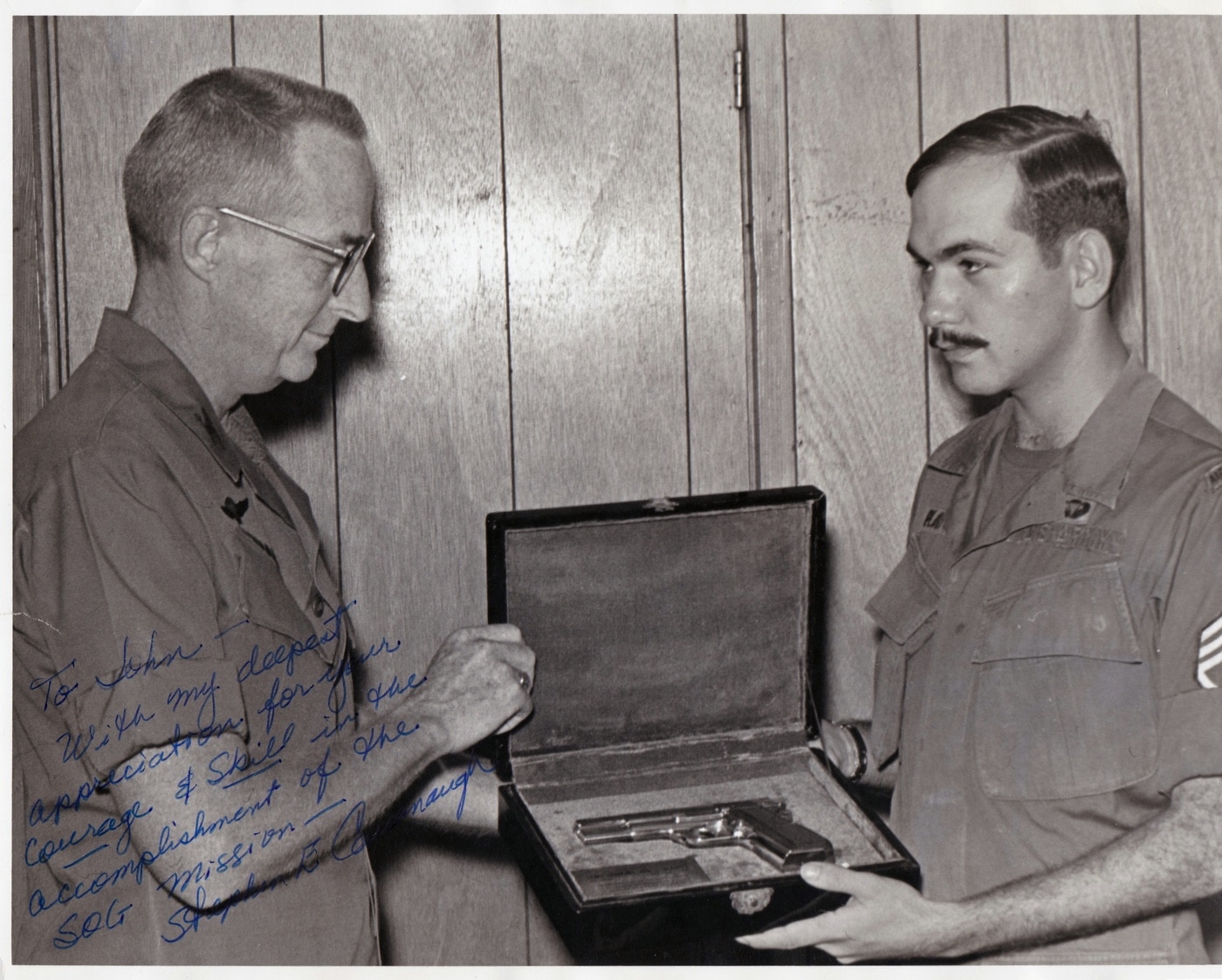
To recognize these too often unheralded men, SOG’s Saigon headquarters had several dozen 9mm P-35-pattern pistols chrome-plated and boxed in velvet-lined, black lacquered cases. Alongside each pistol was an engraved plate with the recipient’s name and the notation: In recognition of his outstanding valorous achievements while serving as a team leader of a USMACV Long Range Recon Team.
I had the honor of receiving one of these pistols. My Silver Pistol, presented in Saigon by Chief SOG, Colonel Steve Cavanaugh, was accompanied by a citation, a U.S. Embassy Export License, and War Souvenir documentation. SOG fudged on the paperwork — identifying me as assigned to SOG headquarters — because any relationship between SOG and Special Forces was classified “Secret.” Even the brass plate inscription cites “USMACV” — not Special Forces.
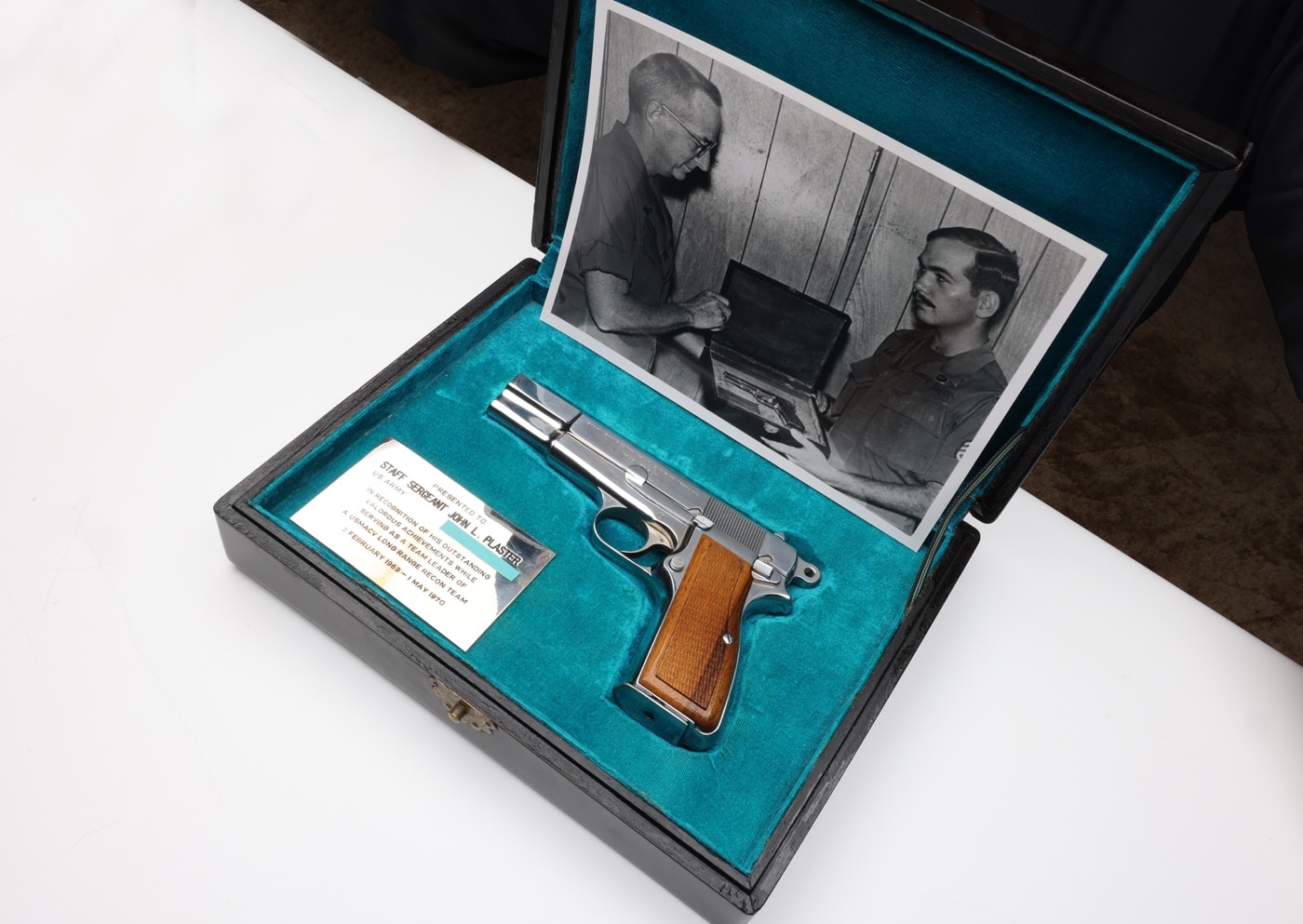
How many Silver Pistols were presented? My best guess is no more than 40, which includes three that went to SOG Medal of Honor recipients. More team leaders undoubtedly deserved Silver Pistols, but they were KIA or MIA or medevaced before they could be presented.
Editor’s Note: Please be sure to check out The Armory Life Forum, where you can comment about our daily articles, as well as just talk guns and gear. Click the “Go To Forum Thread” link below to jump in!


